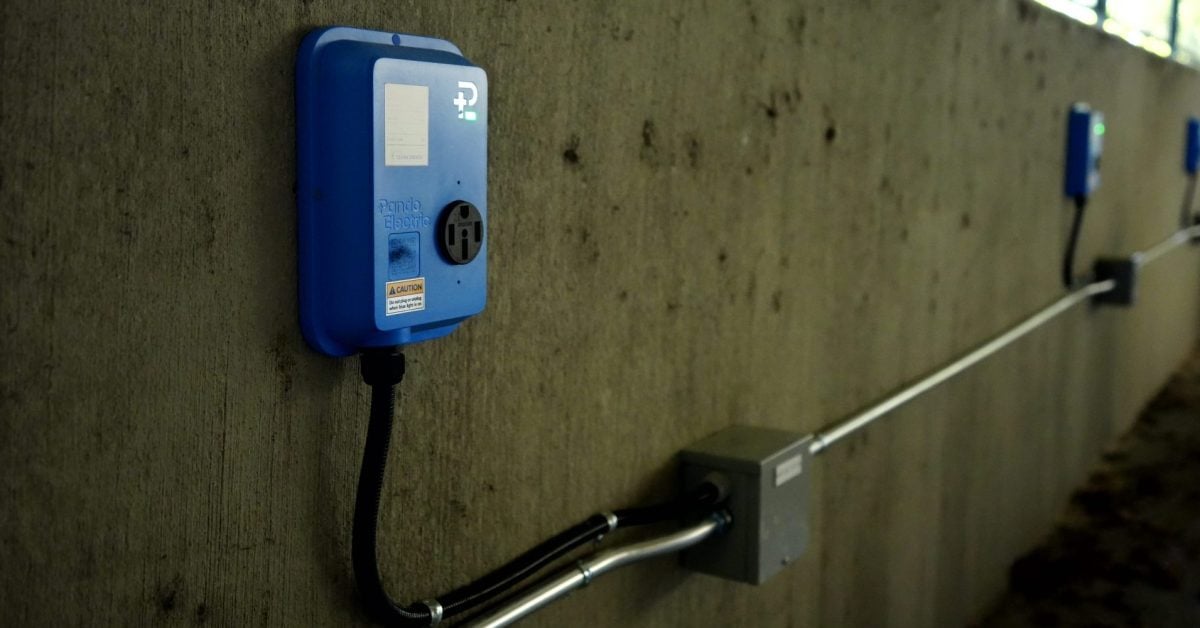- cross-posted to:
- [email protected]
- [email protected]
- cross-posted to:
- [email protected]
- [email protected]
Summary
Starting in 2026, California will require all new residential units with parking spaces to be EV charger-ready, significantly increasing access to electric vehicle charging.
Multi-family developments must equip at least one EV-ready spot per unit, while hotels, commercial lots, and parking renovations will also face new EV charging mandates.
Advocacy groups praise the policy, emphasizing its balanced approach to affordability and infrastructure needs.
The initiative aligns with California’s 2035 ban on new gas-powered car sales, aiming to address key barriers to EV adoption and support the state’s transition to electrification.



I completely agree: what’s the point of “preparing for the future” with such a big loophole, making people to have to pay all over again?
A year ago I got an EV, and went with the 50a level 2 charger, because that gives me options plus adds something to my house that people might want. I have a short commute and only go into the office a couple times a week, so technically I could use the much lower end solution, might even be able to just use a standard outlet. Technically it’s enough. But I didn’t get an EV until I knew I could make it convenient too.
I agree it should be higher, but I don’t agree that it’s useless. At my place I am using plain old level 1 charging, 120 volts 15 amps. It’s actually tolerable most of the time. I don’t always get up to 80% every night, and I do sometimes have to stop at a supercharger, but it’s usable enough for probably 90% of my charging. 240 volt 20 amp circuit call that 15 amps at the EVSE is 3.6 KW. That would be entirely usable for me.
I think they probably did it this way so it doesn’t mess with panel size and service size calculations too much. Still, I wish it was bigger.
Good point about not messing too much about service sizes, but if this is for new construction, that shouldn’t be a big deal. Actually, that’s a positive side effect for new construction: as everything is electrified, you hope your new house started with sufficient electrical service to handle it. I would be pissed off to have to update my service or panel on a new house just to support something totally expected
240V/20A will charge an EV with a 50-60kwh battery in around 12 hours. That’s a typical SUV EV battery. Unfortunately, there aren’t a lot of good options yet for EVs that aren’t SUVs, especially if you avoid Tesla. In any case, there are some options coming down the pipe, and they’ll likely have smaller batteries because they just don’t weigh that much.
That much is fine for daily use and the occasional road trip. The day after a big drive, you’ll have enough to get to work and back. The situation it might not handle is back to back long trips. Overall, not ideal, but adequate.
Also won’t handle:
My level 2 charger will give me enough juice to run an errand in 30-60 minutes, and my typical charge is 2-3 hours. If I had a second car and only one charger, I can also get that vehicle charged in time to do something the same day